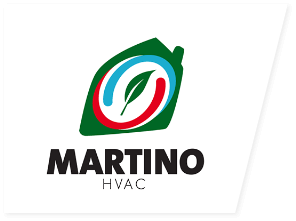Published on: May 24, 2022
Air conditioners are essential in keeping our homes and workplaces comfortable during the hot summer months. Have you ever wondered how exactly these machines work to cool the air and maintain a pleasant indoor environment? The good news is, understanding the basic principles behind air conditioning units is not as complicated as it may seem. In this educational video, we will break down the process of how air conditioners work, providing you with a clear and concise explanation of their inner workings.
Introduction to Air Conditioning Units
Air conditioners are sophisticated appliances designed to regulate the temperature, humidity, and overall air quality within a space. They operate on the principles of thermodynamics, utilizing a refrigeration cycle to extract heat from indoor air and expel it outside. By removing the heat, air conditioners create a cool and comfortable environment for occupants.
Key Components of an Air Conditioner
Air conditioners consist of various components that work together to facilitate the cooling process. These include:
1. Refrigerant: The refrigerant is a chemical compound that circulates through the air conditioning system, absorbing and releasing heat to facilitate the cooling process.
2. Compressor: The compressor is responsible for pressurizing the refrigerant, raising its temperature and pressure so that it can release heat more efficiently.
3. Condenser: The condenser cools the hot, pressurized refrigerant, causing it to condense into a liquid state and release heat outside the building.
4. Evaporator: The evaporator is located inside the building and absorbs heat from indoor air, causing the refrigerant to evaporate and cool the air in the process.
5. Expansion Valve: The expansion valve regulates the flow of the refrigerant, controlling the temperature and pressure within the system.
The Refrigeration Cycle
The operation of an air conditioner is based on the refrigeration cycle, which involves four primary stages: compression, condensation, expansion, and evaporation. Here’s a brief overview of how these stages work together to cool the air:
1. Compression: The compressor pressurizes the refrigerant, raising its temperature and pressure.
2. Condensation: The hot, pressurized refrigerant flows to the condenser, where it releases heat and condenses into a liquid state.
3. Expansion: The liquid refrigerant passes through the expansion valve, reducing its pressure and temperature.
4. Evaporation: The cool, low-pressure refrigerant enters the evaporator, where it absorbs heat from indoor air, causing it to evaporate and cool the surrounding space.
Martino HVAC: Your Trusted HVAC Service Provider
When it comes to the installation, maintenance, and repair of air conditioning units in the Greater Toronto Area, Martino HVAC is the name you can trust. With over three decades of experience in the industry, Martino HVAC has established a reputation for excellence and reliability. Their team of experts is dedicated to providing top-notch service to ensure the optimal performance of your HVAC systems.
In conclusion, air conditioners work by utilizing a refrigeration cycle to extract heat from indoor air and expel it outside, creating a cool and comfortable indoor environment. Understanding the key components and operation of air conditioning units can help you appreciate the technology behind these essential appliances. For all your HVAC needs in the Ontario region, including Brampton, Milton, Vaughan, Oakville, Mississauga, Richmond Hill, Etobicoke, North York, Toronto, and surrounding areas, Martino HVAC is your go-to service provider for quality and reliable HVAC services. Stay cool and comfortable all year round with Martino HVAC by your side.


